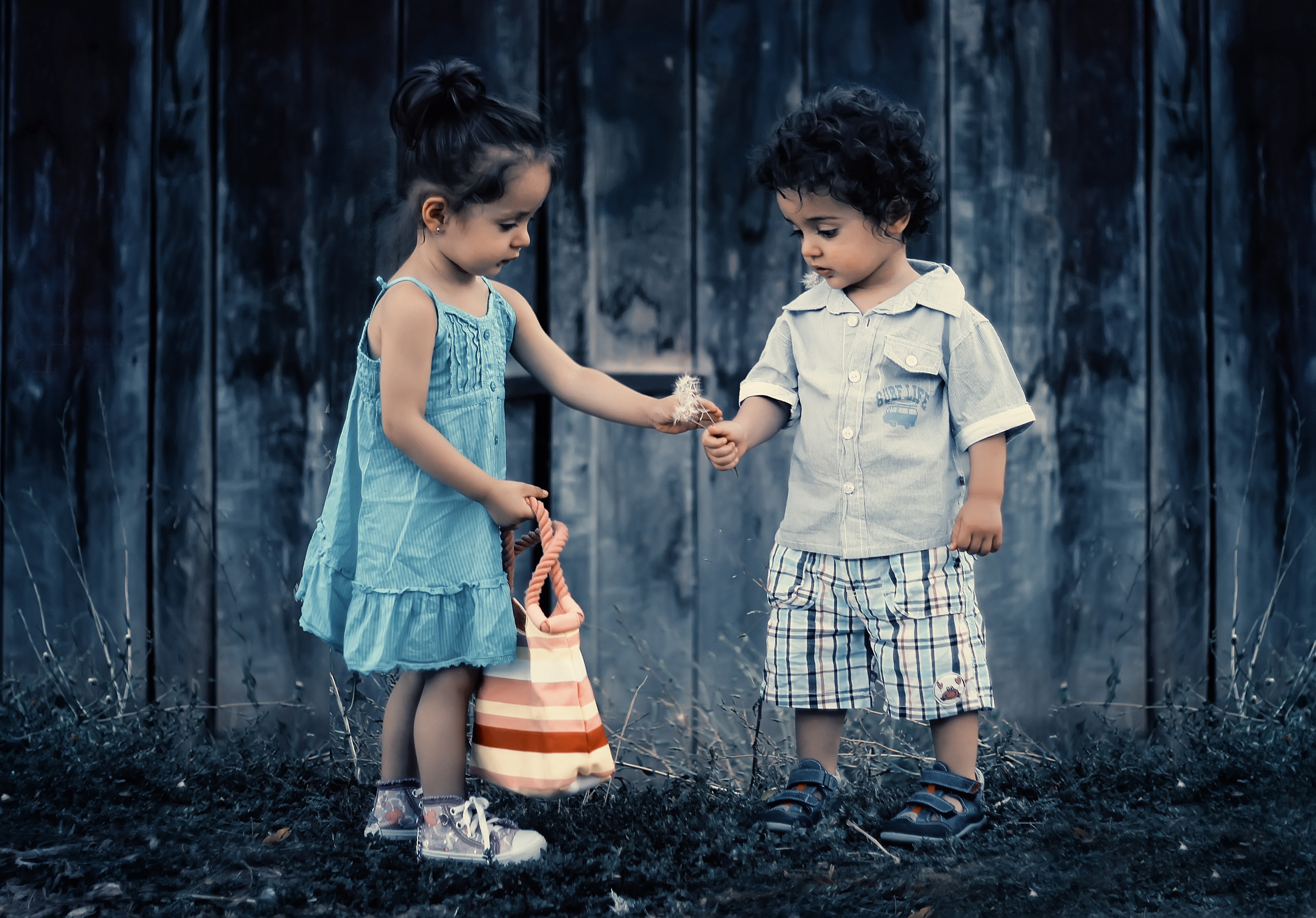
Showing empathy is an important part of being a friend and getting along with people. It means you can think of and understand how other people feel. It is particularly important for children to learn empathy before they enter kindergarten. How does Choo Choo Train teach empathy to its children?
Label their feelings. Teachers put a name to the children’s behaviour so they can recognize emotions. They say things like “Oh, you’re being so kind,” when they share toys. Children will learn from the reaction that their responsiveness is recognized and valued. They need to understand negative emotions, too, so teachers calmly point out when they are being less than caring. They say things like “It made your friend really sad when you grabbed his toy. What could you do to help him feel better?”
Praise their empathetic behaviour. When the children perform an act of kindness, teachers tell them what they did right, and be as specific as possible like “You were very generous to share your toy with your friends! That made him happy. See how he’s smiling?”
Encourage them to talk about their feelings. Teachers let the children know that they care about their feelings by listening intently. When someone shouts, “Hooray!” for example, teaches respond with “Oh, you’re feeling happy today!” Similarly, teachers share their own feelings with children, “I feel sad when you hit me. Let’s think of another way you could tell me you don’t want to lie down.” Children will learn that their actions affect others, a tough concept for young children to grasp.
Point out other people’s behaviour. Teachers also teach the children to notice when someone else behaves kindly. By doing this, they reinforce the children’s understanding of how people’s actions can affect them emotionally. Books also provide good examples for children to relate to. Teachers ask the children how they think the lost rabbit in one story is feeling, or why the little girl in another story is smiling. Teachers tell them how they would feel if they were one of those characters, and ask how they would react. These discussions will help the children learn about other people’s emotions and relate them to their own.
Teach them verbal cues. Some children have trouble understanding different tones of voice. Teachers help them tune in to other people’s emotions by making a game out of it. They repeat a phrase such as “Listen to me” in several different tones of voice and have the children guess what they mean each time.
Teach them nonverbal cues. Teachers teach the children nonverbal cues by playing a game of guessing what other people are feeling, and explain the specific reasons for the guess like “See your friend? I think he’s happy because he’s jumping up and down and laughing. What could be making him so happy?”
Teach them the basic rules of politeness. Teachers explain that they’re more inclined to help the children when they say “please” and “thank you” Repeated daily, children will eventually learn that these phrases are part of normal communication, both at home and out in public.
Teach boys and girls empathy equally. At Choo Choo Train, the teachers teach empathy equally to boys and girls without praising empathetic behaviour less often in one than in another. Boys and girls, both are expected to show empathy equally hence every child is given the same opportunity.